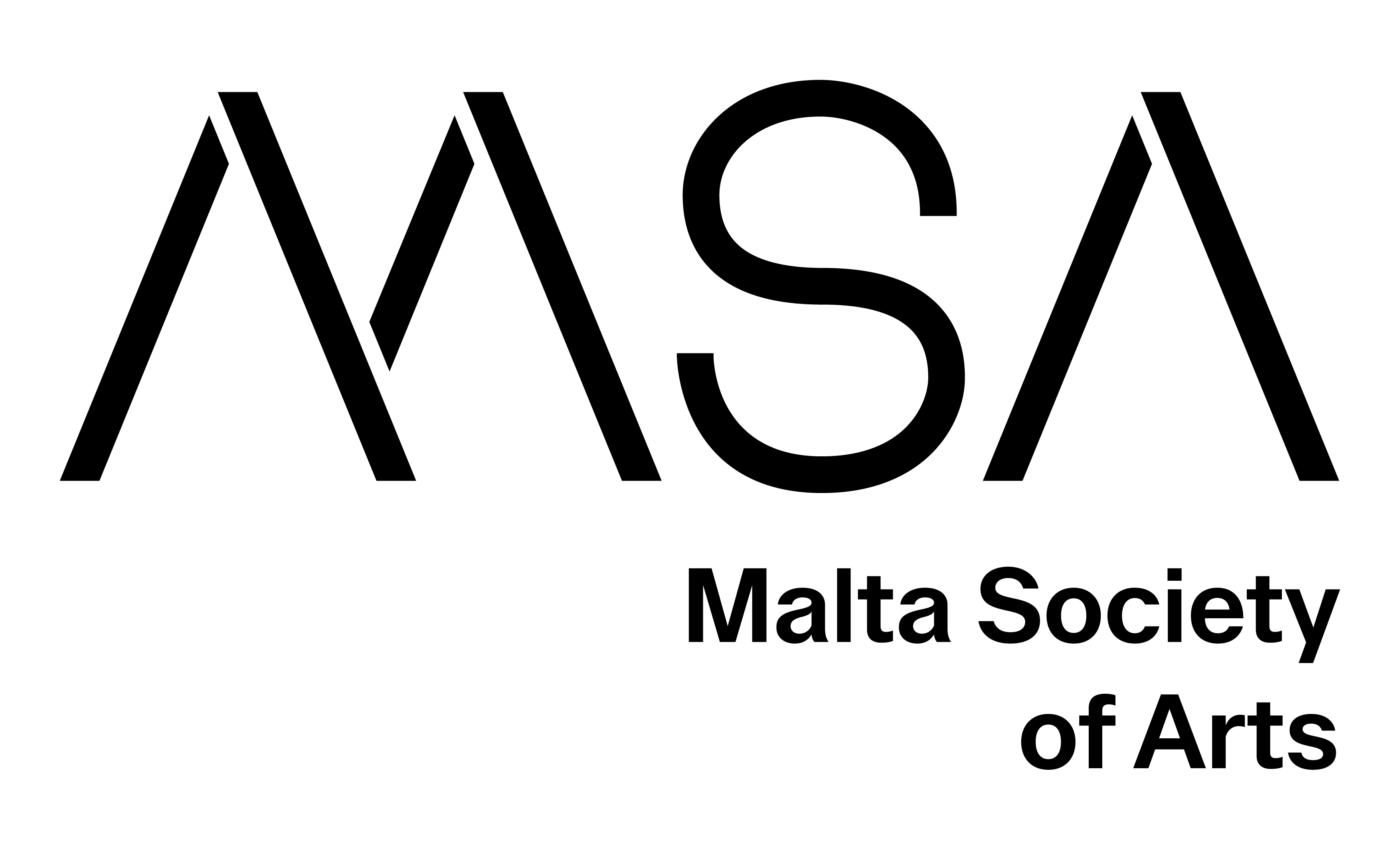2020
Stereo audio artwork. 12’30”
Deep Space Call and Response was conceived during a time when much of the world was experiencing restricted movement and limited sociality due to Covid-19 lockdowns. The composition is an exploration of how space science shapes life on Earth, as well as a meditation on the desire to reach out over distance and the importance of international cooperative networks for human survival.
The satellites that orbit close to our planet and the craft that carry them deep into space can collect huge swathes of data relating to a range of human concerns: those that are immediate and pragmatic – such as monitoring changes in air pollution or the melting of Arctic sea-ice; as well as those that are more distant and esoteric – such as mapping the dynamics of a black hole or a supernova. But how do we keep in touch with these tiny modules in the vastness of space? And how do they communicate the information they have gathered back to the Earth? In Deep Space Call and Response, data from the European Space Agency (ESA) was sonified* in order to make perceptible the patterns of relation between twelve space missions and the ground stations that support them. The twelve ESA missions rely on a network of giant transceiver dishes (ground stations) to maintain contact with the Earth. As our planet rotates, ground stations must act together in a relay formation to maintain a connection. As one station dips below the horizon and loses contact with a satellite, another rises to take its place, and so on.
Using a process of data sonification as the basis for a creative composition, Deep Space Call and Response enables these complex movement relations to be experienced poetically, through sound.
Through a creative collaboration with satellite data, this sonic artwork attempts to make evident some of the complex, resource heavy, more-than-human affective-technical assemblages involved in space observation that we normally ignore or take for granted.
*sonification: the use of non-speech audio to perceptualise information
Coding by Sam Healy at Ray Interactive. Sound mentoring and final mix Richy Carey. Scientific advice and data supplied by Matthew Read at the European Space Agency.
Commissioned by Design Informatics, Inspace Gallery, Space and Satellites Residency, Edinburgh. Funded by Data-Driven Innovation and the Edinburgh Futures Institute
Victoria Evans is a Scotland-based contemporary artist and researcher with a background in the film and television industries. She graduated with a master’s degree from Glasgow School of Art in 2015 and is currently conducting SGSAH/AHRC funded PhD research at Edinburgh College of Art.
Victoria has exhibited widely in the UK and abroad; her writing has been published in a peer reviewed journal and online magazines; and she has been awarded commissions, grants and residencies from: Hospitalfield, Arbroath; SNEHTA, Athens; VACMA, Glasgow; Design Informatics, Edinburgh; Creative Informatics, Edinburgh and the Xunta de Galicia, Spain. Her sound work Deep Space Call and Response featured on Radiophrenia art radio station in 2020 and her short film for LUX Scotland/BBC Arts was broadcast in the UK on BBC4 for international women's day. Victoria has a science fiction short story forthcoming in Saru Journal, A Row of Trees (online).
Victoria’s practice-based PhD research involves transmedial artistic renderings of the phonocene. It asks what attuning ourselves to the world of sound and listening might reveal about the relational nature of the universe.
Back







